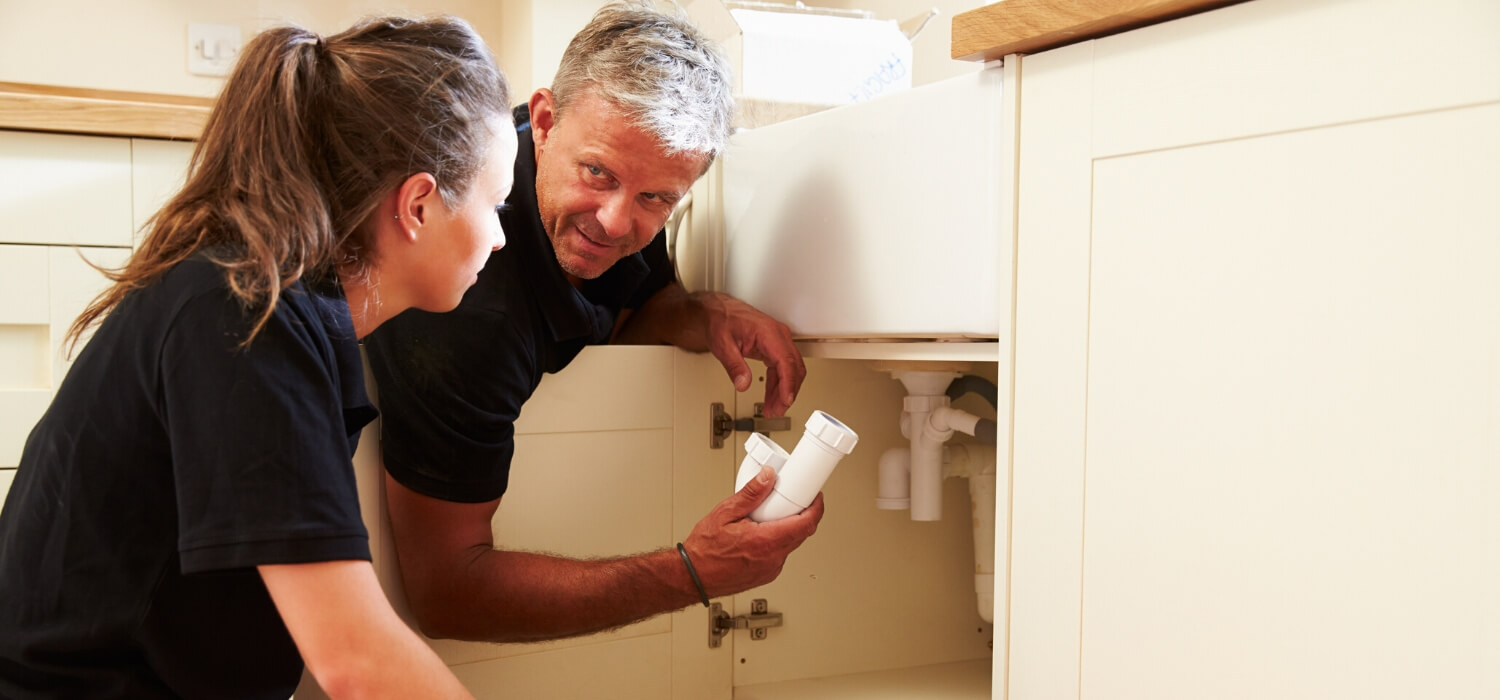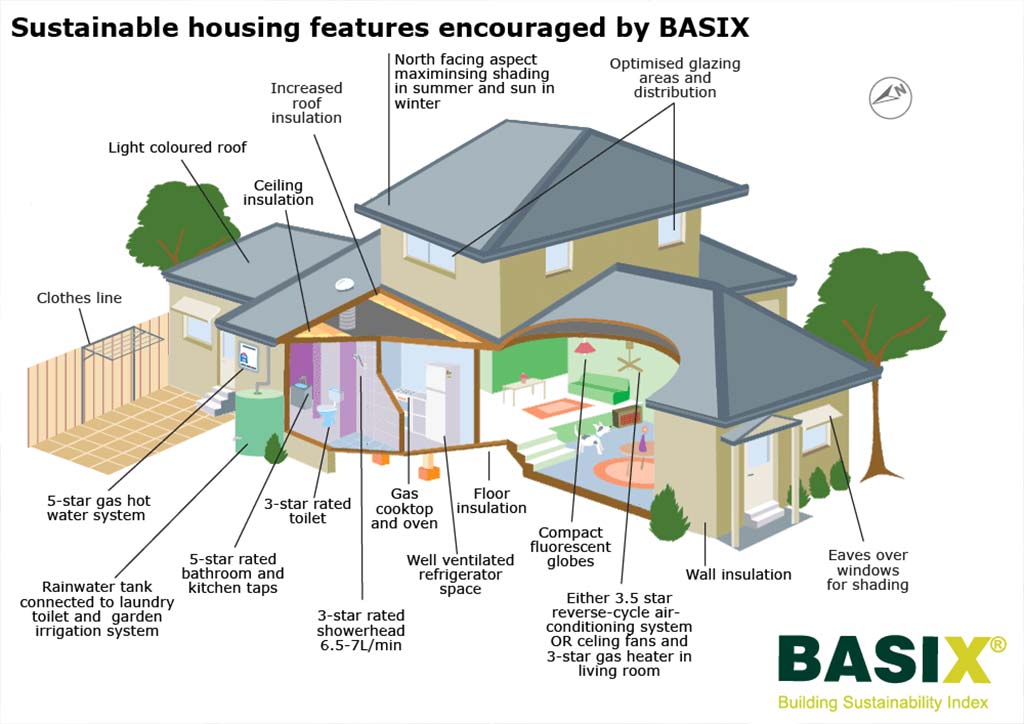The Key Elements of Your House's Plumbing System
The Key Elements of Your House's Plumbing System
Blog Article
Here in the next paragraphs you can locate more first-rate advice related to The Inner Workings of Your Home's Plumbing.

Comprehending exactly how your home's plumbing system works is vital for every house owner. From delivering tidy water for drinking, food preparation, and showering to securely eliminating wastewater, a well-kept plumbing system is important for your family members's wellness and convenience. In this detailed guide, we'll explore the intricate network that composes your home's plumbing and deal ideas on maintenance, upgrades, and handling common concerns.
Intro
Your home's plumbing system is more than just a network of pipelines; it's a complicated system that ensures you have accessibility to clean water and reliable wastewater elimination. Understanding its parts and exactly how they work together can aid you stop expensive repairs and make certain everything runs smoothly.
Basic Elements of a Plumbing System
Pipes and Tubes
At the heart of your plumbing system are the pipes and tubes that bring water throughout your home. These can be made of different materials such as copper, PVC, or PEX, each with its benefits in terms of resilience and cost-effectiveness.
Components: Sinks, Toilets, Showers, etc.
Components like sinks, bathrooms, showers, and tubs are where water is used in your home. Recognizing exactly how these components link to the pipes system assists in detecting issues and intending upgrades.
Valves and Shut-off Points
Valves regulate the flow of water in your plumbing system. Shut-off shutoffs are essential throughout emergencies or when you require to make repair work, permitting you to isolate parts of the system without interfering with water flow to the whole house.
Water System
Main Water Line
The major water line connects your home to the local water supply or a private well. It's where water enters your home and is dispersed to different components.
Water Meter and Pressure Regulatory Authority
The water meter actions your water usage, while a pressure regulatory authority ensures that water flows at a secure pressure throughout your home's plumbing system, preventing damage to pipes and components.
Cold Water vs. Warm water Lines
Understanding the distinction in between cold water lines, which provide water straight from the major, and warm water lines, which lug warmed water from the hot water heater, helps in repairing and planning for upgrades.
Drainage System
Drain Piping and Traps
Drain pipes lug wastewater far from sinks, showers, and commodes to the drain or septic tank. Catches avoid sewage system gases from entering your home and likewise catch particles that might cause blockages.
Ventilation Pipes
Air flow pipelines enable air into the drainage system, protecting against suction that can slow down drainage and cause catches to vacant. Appropriate ventilation is crucial for keeping the stability of your pipes system.
Value of Appropriate Drainage
Making sure proper drainage protects against back-ups and water damage. Routinely cleansing drains pipes and maintaining catches can avoid costly repair services and extend the life of your pipes system.
Water Heating System
Kinds Of Water Heaters
Hot water heater can be tankless or conventional tank-style. Tankless heaters warmth water on demand, while containers keep warmed water for instant usage.
Upgrading Your Pipes System
Factors for Upgrading
Upgrading to water-efficient fixtures or changing old pipes can improve water high quality, reduce water costs, and increase the worth of your home.
Modern Plumbing Technologies and Their Benefits
Discover innovations like smart leakage detectors, water-saving toilets, and energy-efficient hot water heater that can save cash and reduce environmental effect.
Cost Considerations and ROI
Compute the upfront expenses versus long-term cost savings when considering pipes upgrades. Many upgrades spend for themselves through minimized utility expenses and less repair work.
Just How Water Heaters Connect to the Pipes System
Understanding exactly how water heaters connect to both the cold water supply and hot water circulation lines helps in detecting concerns like inadequate warm water or leakages.
Maintenance Tips for Water Heaters
On a regular basis flushing your water heater to get rid of sediment, inspecting the temperature level setups, and inspecting for leaks can extend its lifespan and enhance power performance.
Common Pipes Concerns
Leaks and Their Causes
Leaks can take place as a result of aging pipes, loosened fittings, or high water pressure. Dealing with leakages without delay avoids water damages and mold and mildew growth.
Blockages and Obstructions
Obstructions in drains and toilets are typically brought on by purging non-flushable things or a build-up of grease and hair. Utilizing drainpipe displays and being mindful of what goes down your drains can protect against obstructions.
Indicators of Plumbing Troubles to Watch For
Low water pressure, slow drains, foul odors, or uncommonly high water expenses are indications of possible plumbing problems that ought to be attended to promptly.
Plumbing Maintenance Tips
Regular Inspections and Checks
Schedule annual plumbing inspections to catch issues early. Search for indications of leaks, rust, or mineral accumulation in faucets and showerheads.
Do It Yourself Upkeep Tasks
Basic tasks like cleansing tap aerators, looking for commode leakages making use of color tablet computers, or shielding revealed pipelines in cool environments can avoid major plumbing concerns.
When to Call an Expert Plumbing
Know when a plumbing concern requires professional proficiency. Attempting complex repairs without correct understanding can cause more damages and greater repair service expenses.
Tips for Decreasing Water Use
Straightforward practices like dealing with leakages quickly, taking much shorter showers, and running complete loads of laundry and recipes can preserve water and reduced your utility bills.
Eco-Friendly Pipes Options
Think about sustainable pipes products like bamboo for flooring, which is durable and green, or recycled glass for kitchen counters.
Emergency situation Preparedness
Actions to Take Throughout a Pipes Emergency situation
Know where your shut-off valves lie and exactly how to turn off the water in case of a ruptured pipeline or significant leak.
Importance of Having Emergency Calls Useful
Keep call details for local plumbers or emergency situation solutions readily offered for quick feedback throughout a plumbing situation.
Environmental Impact and Preservation
Water-Saving Fixtures and Devices
Installing low-flow taps, showerheads, and toilets can substantially lower water usage without sacrificing efficiency.
Do It Yourself Emergency Fixes (When Relevant).
Short-term fixes like using air duct tape to patch a dripping pipeline or placing a bucket under a leaking tap can reduce damage till a professional plumbing professional arrives.
Final thought.
Comprehending the composition of your home's pipes system empowers you to maintain it successfully, conserving money and time on repairs. By complying with normal upkeep routines and staying notified regarding modern-day pipes modern technologies, you can ensure your plumbing system runs effectively for years to find.
HOW YOUR PLUMBING SYSTEM WORKS
Which Pipes Do What?
Blue lines = fresh water supply entering the building Red lines = hot water supply entering the building Grey lines = pipes carrying waste away from the building and venting pipes carrying gases away from the building (through the roof) YOUR MAIN PLUMBING SYSTEMS
There are two main plumbing systems that support your home s basic plumbing needs one that brings clean water into your home, and one that sends dirty water away from your home. Connected to the toilet, bath, shower, and other faucets in your home, these two systems keep your water flowing in the right directions.
ACCESSING FRESH WATER
Fresh and clean water is brought into your home through the main water supply line . Filtered through one pipe, this water is pressured to flow into the various fixtures in your home at any given time.
This water can be sourced from a well located on your property, a pond or river (mostly cottages), or, as in most cases, from the city s municipal water treatment centre. However, it is important to note that water that is untreated, such as the water siphoned from ponds or rivers, may not be safe to drink. Personal water supplies always need to be treated for hardness and contaminants before consumed.
MUNICIPAL WATER SUPPLIES
Improve taste and odour Remove sediment Eliminate hardness Reduce chlorine COLD WATER SUPPLY VS. HOT WATER SUPPLY
Cold water flows into your home or building through the service line, which then distributes hot or cold water to your fixtures. This line is most commonly run through a central column that runs floor to floor. Hot water runs in short and straight pipes as the longer the pipeline, the more heat that will be lost in the transfer. Having shorter pipes also allows residents to access hot water more quickly.
WASTE WATER SYSTEM
Your wastewater system is divided into two parts pipes that send wastewater away from your home and venting pipes that send sewer gas away from your home. Sewage water travels through pipes that flush the water and waste towards local sewers that are operated and managed by your city or town. Most sewer systems rely on gravity to move the wastewater to where it needs to go.
The further away from your toilet or sink, the larger wastewater pipes become. This allows for waste to be disposed of from various parts of your home or business at once without pipe blockages. The angle and flow of these pipes are also essential for keeping your waste pipes clear of build up.
https://harrisplumbing.ca/how-your-home-plumbing-system-works/

I was shown that editorial about The Inner Workings of Your Home's Plumbing from an associate on our other blog. You should pause to share this blog posting if you appreciated it. Thank you so much for going through it.
Book-Now Report this page